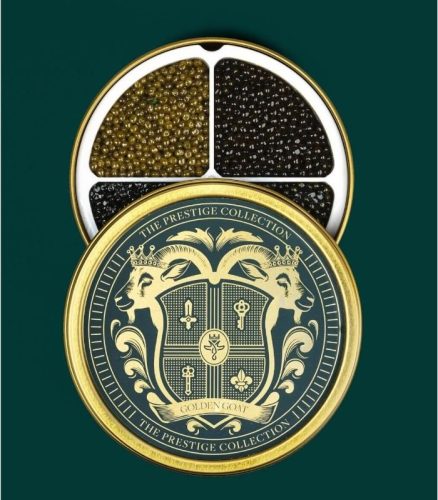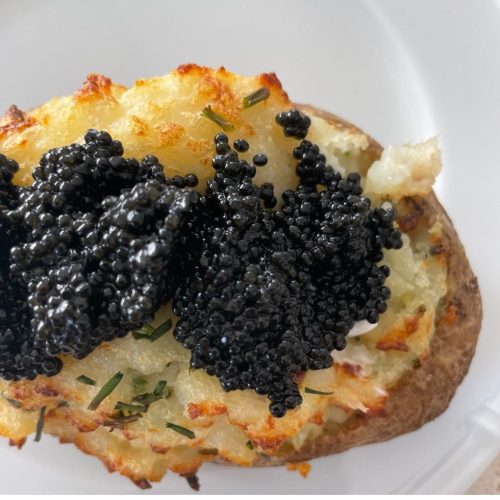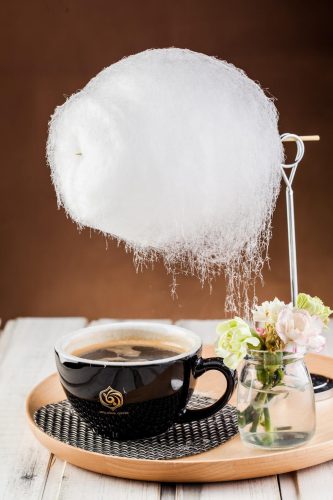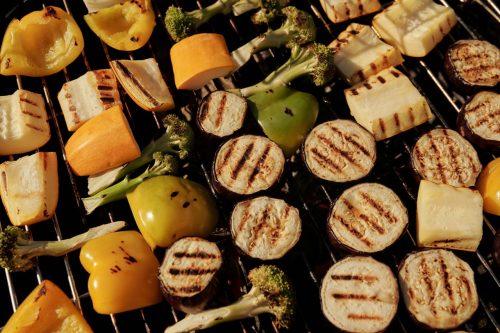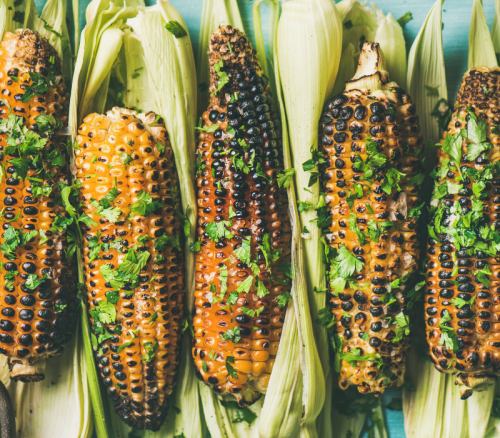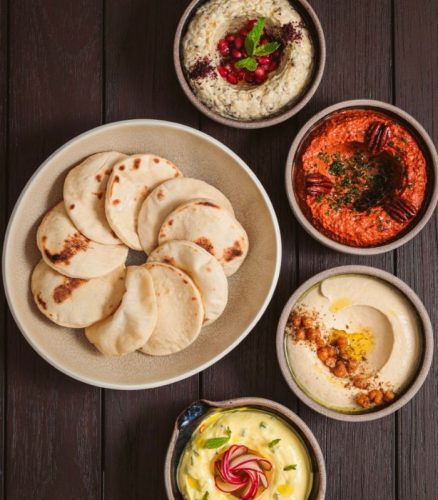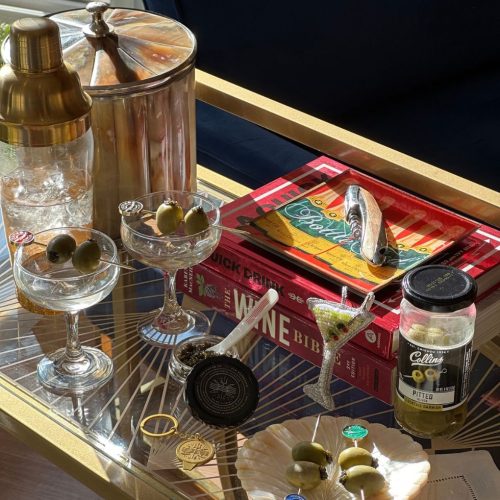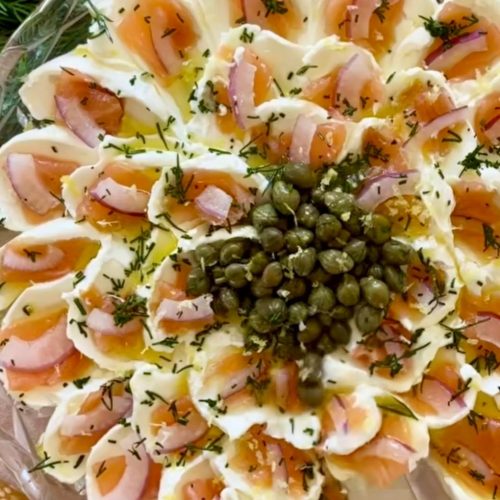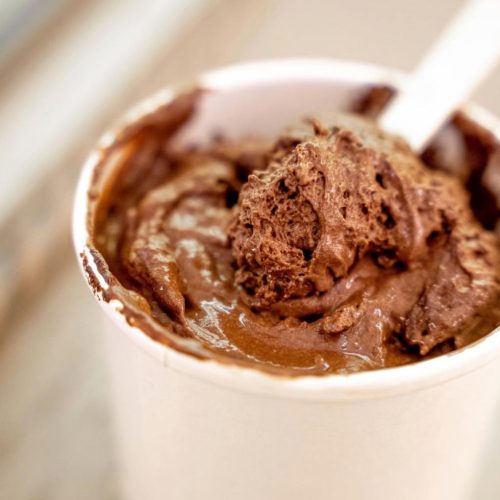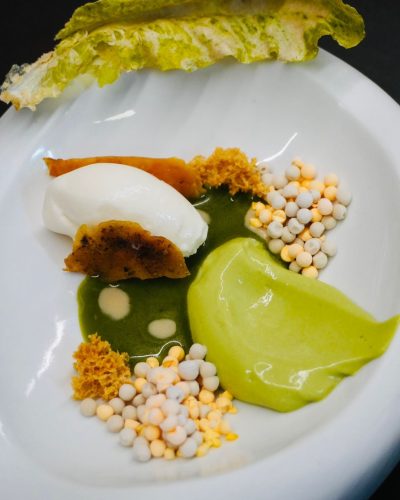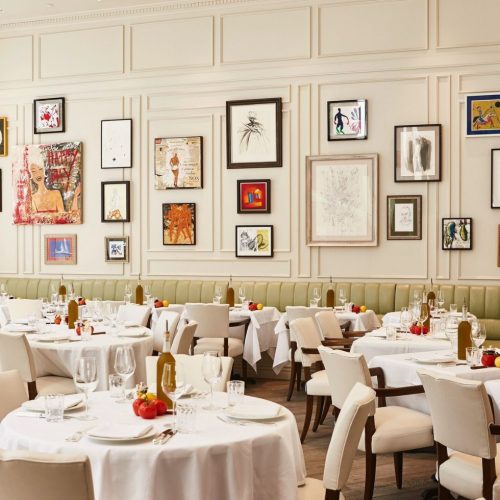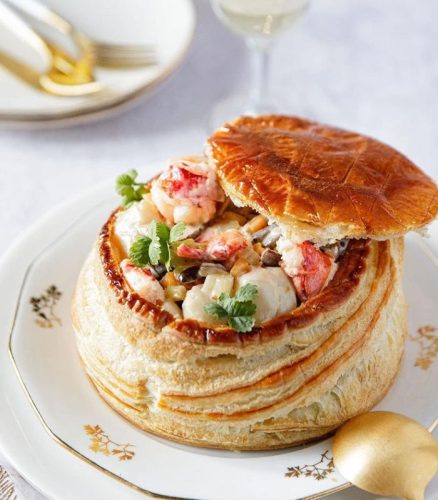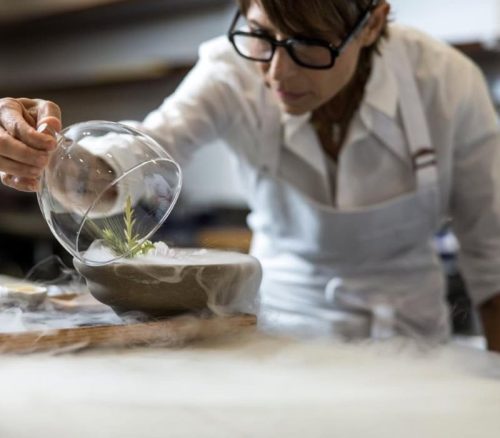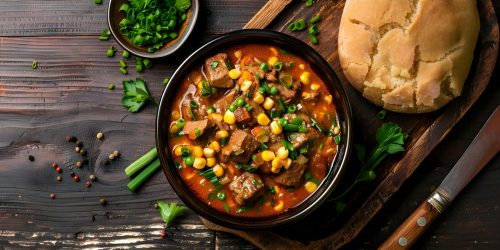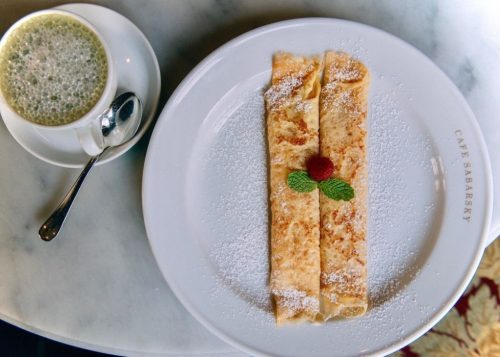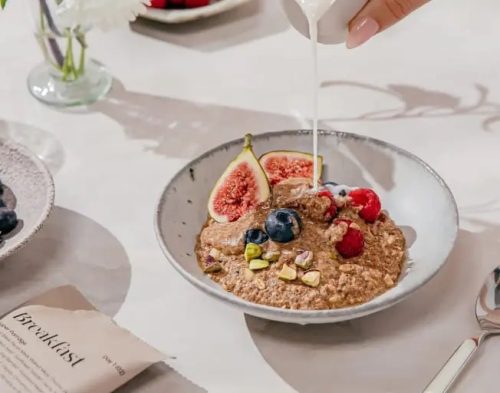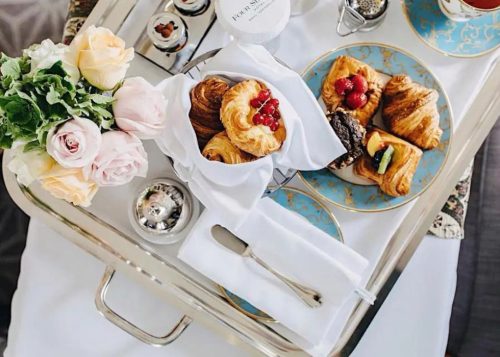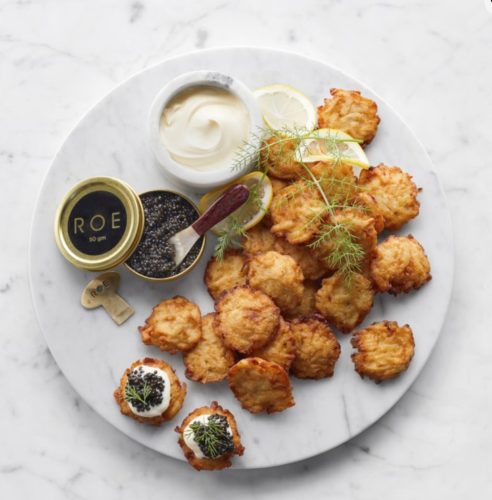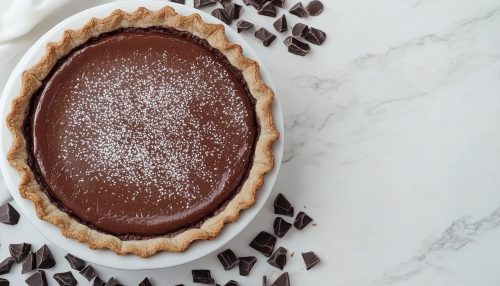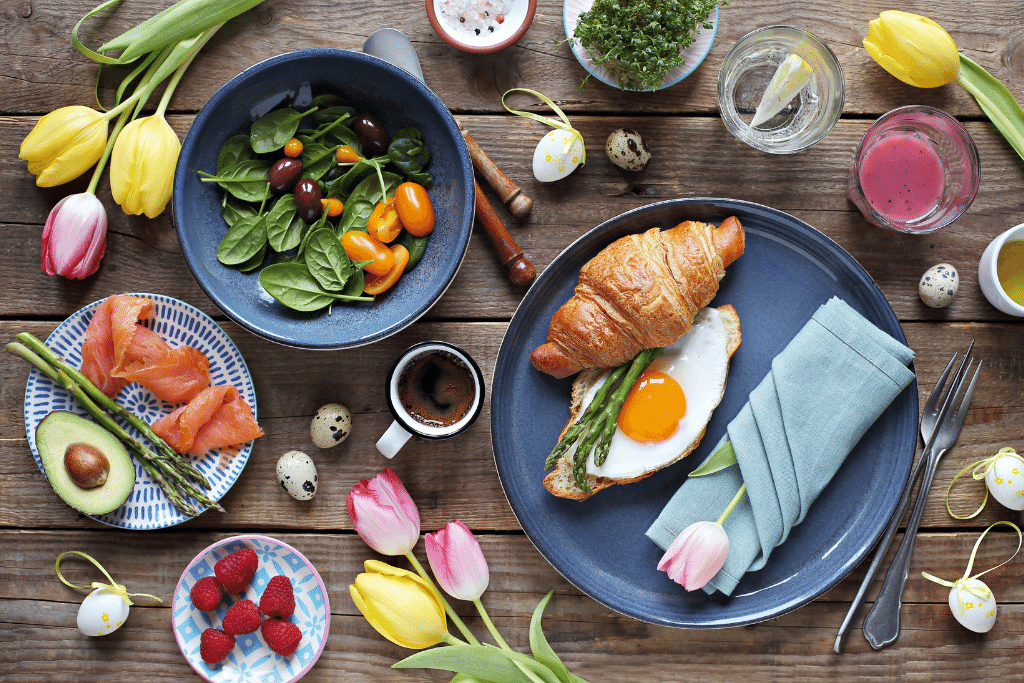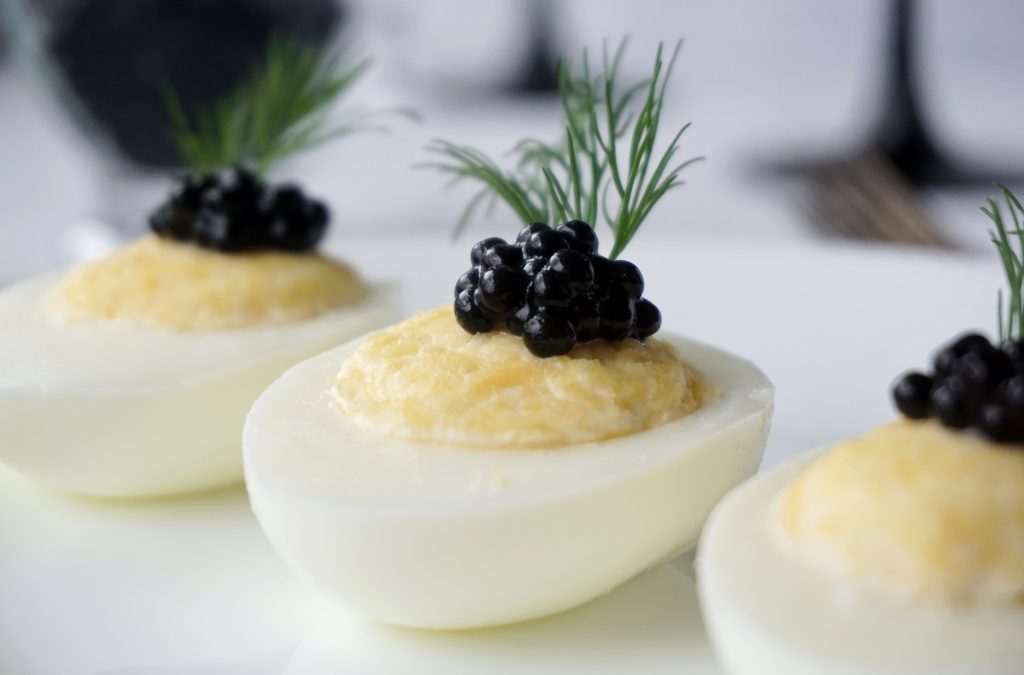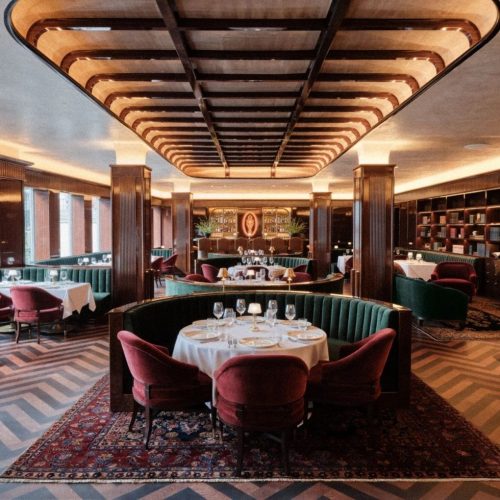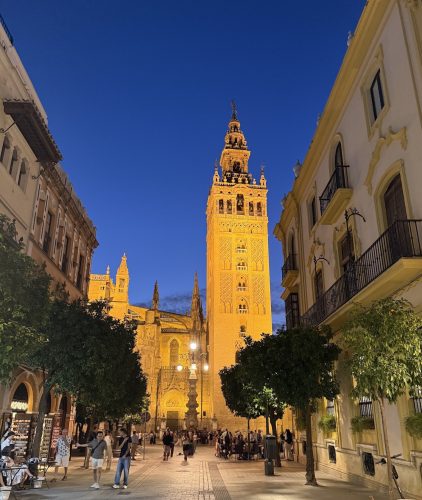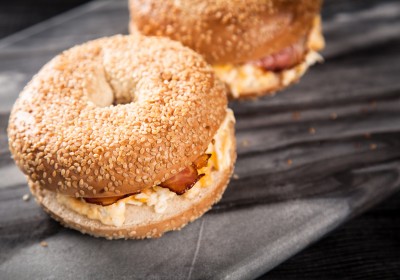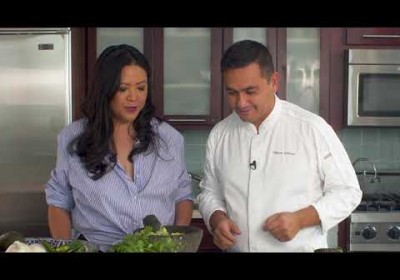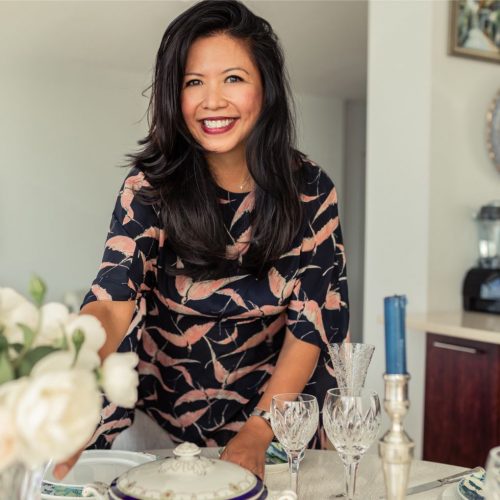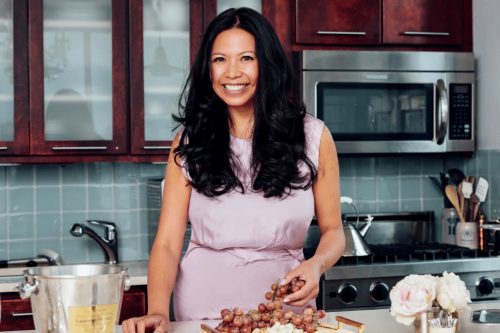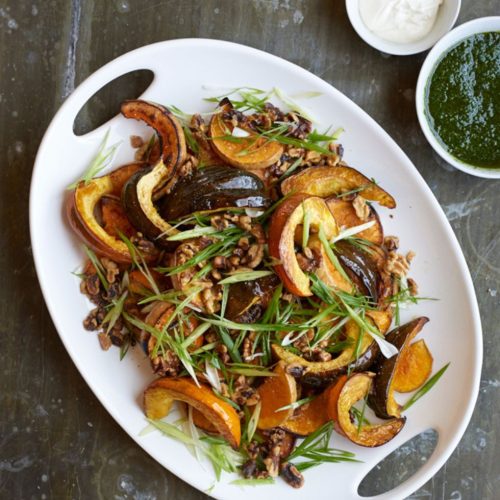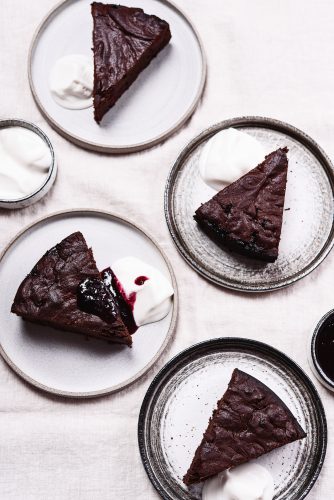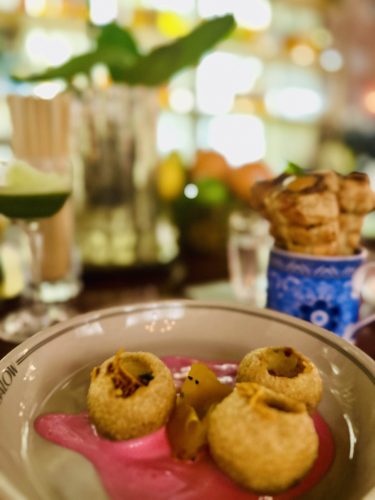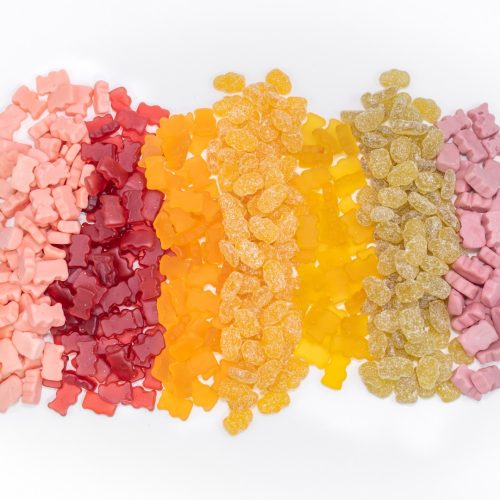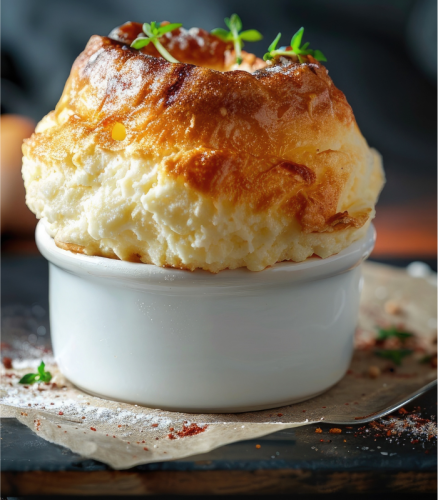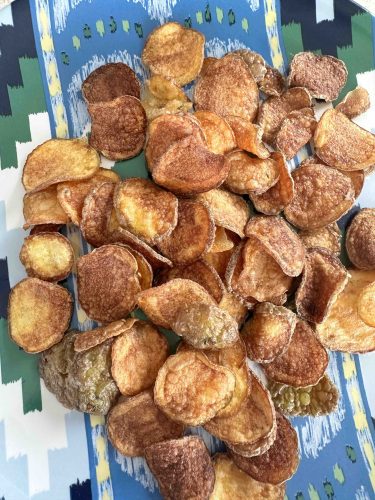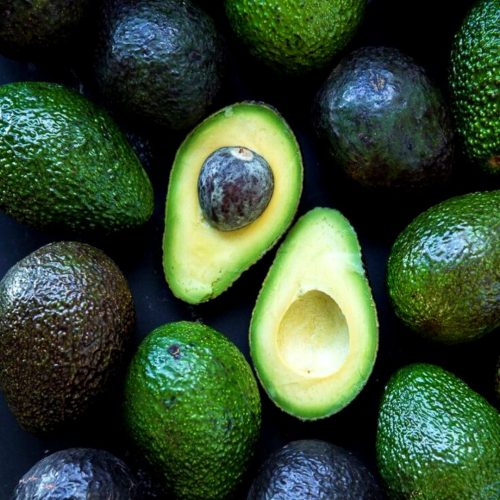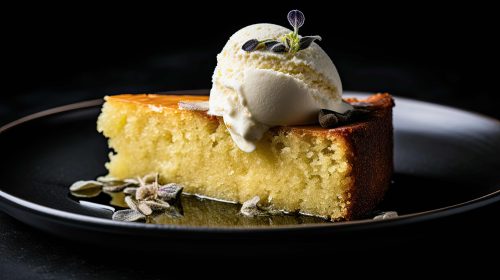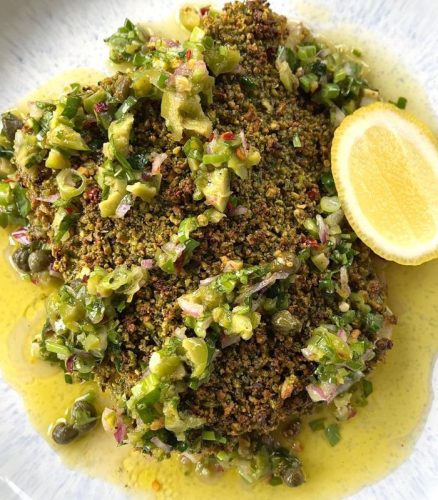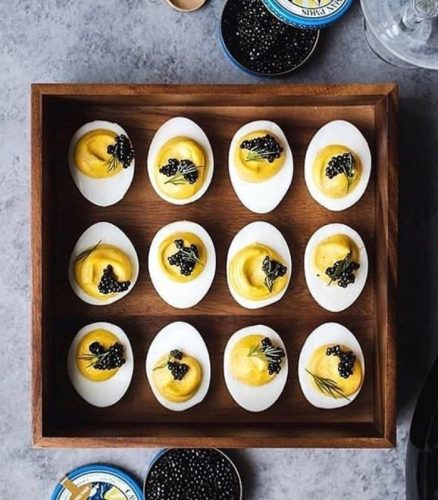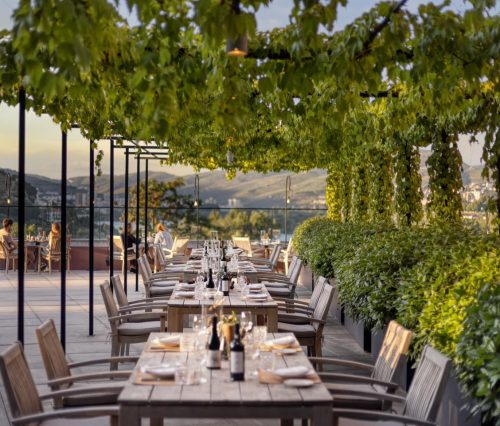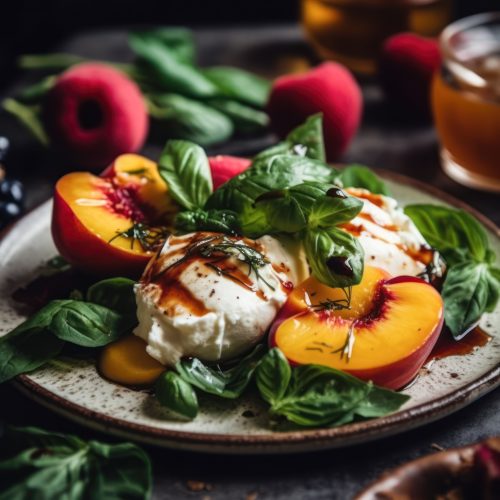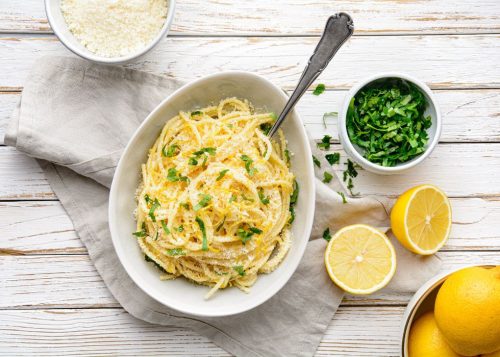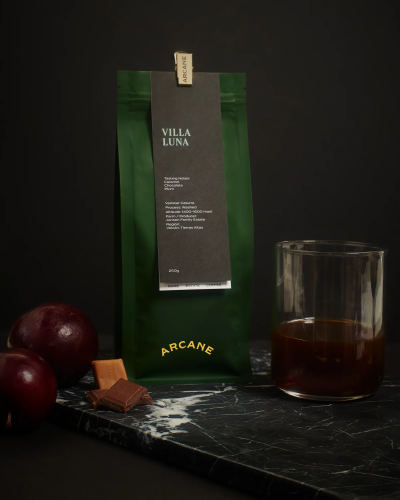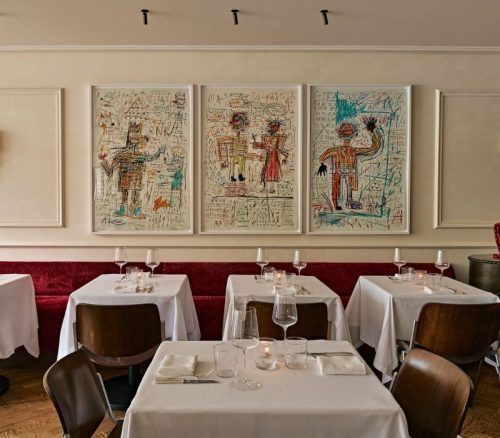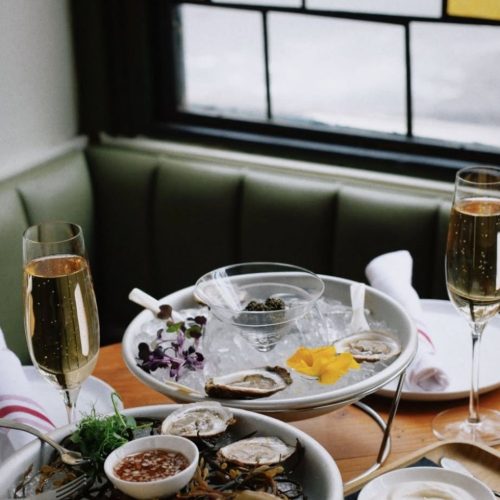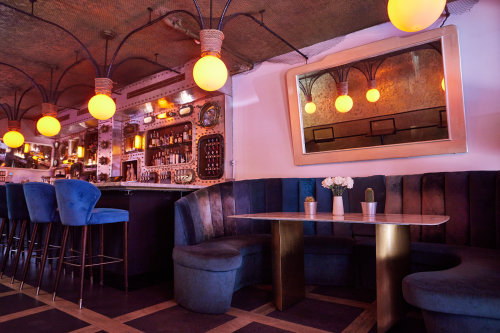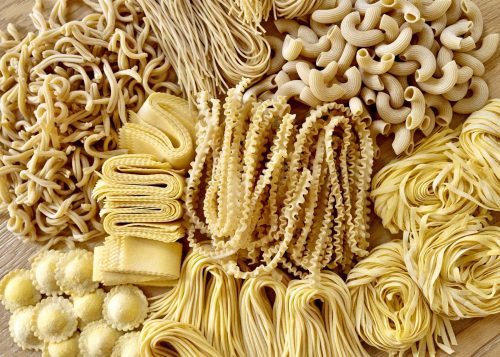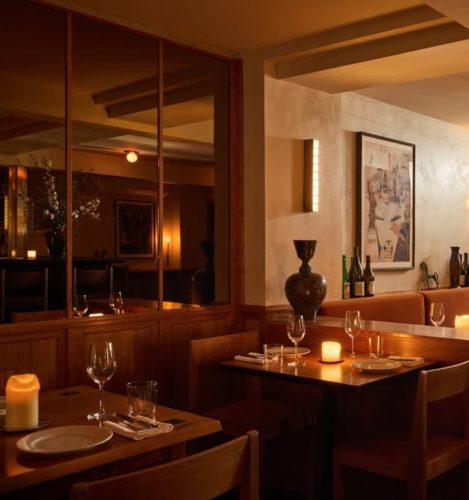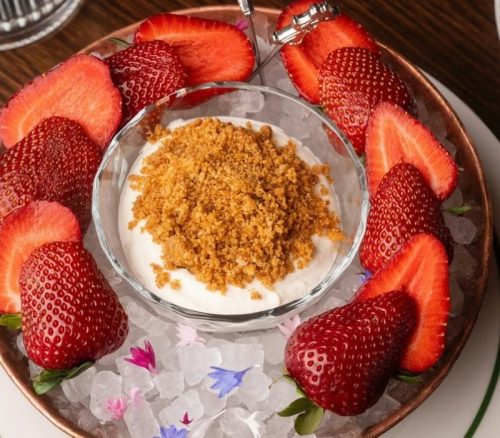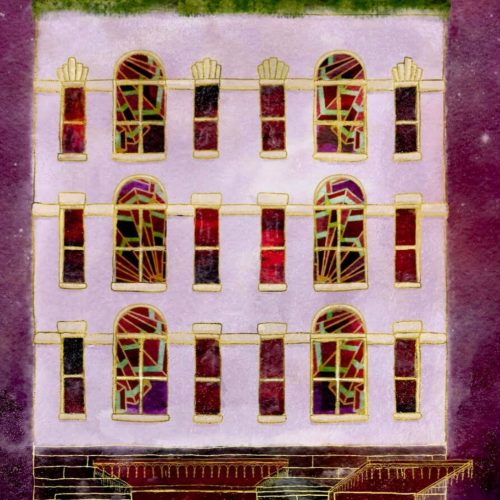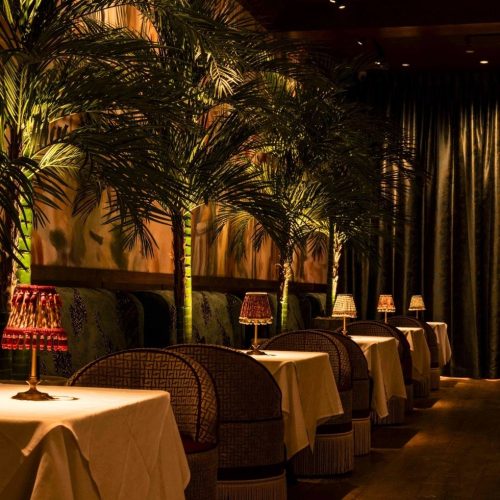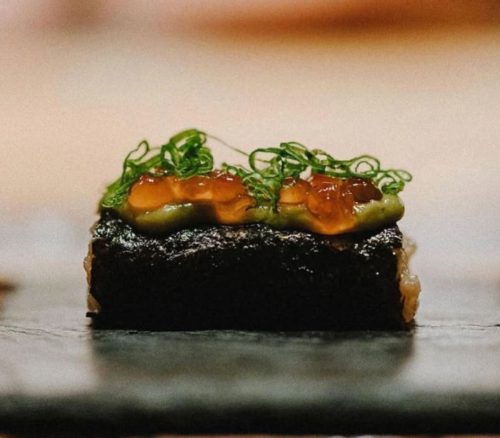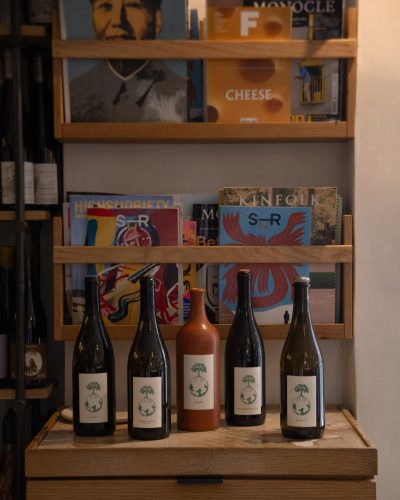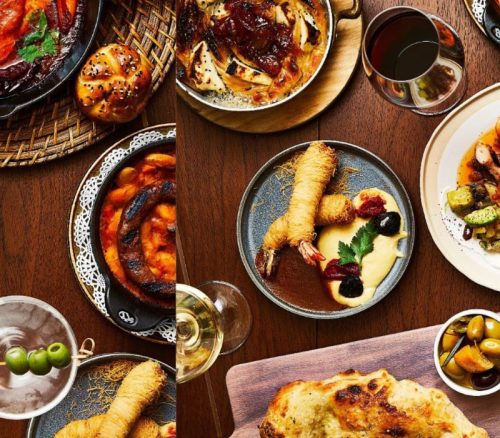Christine Drinan, Founder
At Eastertime, Italians give each other eggs; Bulgarians break eggs; and in the U.S. we hide them and hunt them. The everyday egg we take for granted represents new life and rebirth during Easter. So it’s only fitting that it’s the celebrated ingredient for the holiday. In honor of this common and universal food, here are the top egg recipes for your Easter brunch or dinner. But don’t think these are only Easter recipes. You’ll be tempted to cook these dishes year-round.

Soft-Scrambled Eggs with Black Truffle and Chive
I normally eat the egg whites only, but when I do splurge on the yolks, this is my go-to recipe. You can even check out the quick video I did that demonstrates how to get the perfect consistency in a soft-scrambled egg.
Admittedly, I was hesitant to make this recipe for my nieces, who are notoriously picky eaters. I thought they’d find the eggs too runny (in reality they aren’t, as they are cooked through). Luckily, any hesitation I had quickly dissipated. The first time I made these for the kids, I had to actually cook a second batch, they were gobbled up so quickly. The real validation came when my 14-year-old niece researched how to make these eggs on YouTube. Serve this dish with hash browns, and you have yourself a home-run brunch.
Serves 4
Ingredients
1 dozen eggs
1 1/2 tablespoons butter
3 tablespoons crème fraîche
Maldon sea salt to taste
Snipped chives to taste
2 ounces black truffle
Directions
In a large bowl, whisk your eggs until lightly scrambled. If you are comfortable as a home chef, you can scramble the eggs in your saucepan once the butter is melted. Note, however, that you’ll have to hustle quickly; I wouldn’t recommend scrambling the eggs in the pan the first time you try this recipe.
In a three-quart saucepan (yes, you read this correctly), melt the butter over medium heat. The saucepan allows the eggs to cook more slowly, which is the key to the softness of the scrambled eggs. For this recipe, you get better results with a saucepan than with a normal skillet.
Add the scrambled eggs, and over medium heat, constantly whisk them for about 30–45 seconds. Take the pan off the heat, and continue to stir for another 30–45 seconds. Transfer the eggs back to the heat, and continue to alternate on and off the heat, for about 30–45 seconds each round. As the eggs reach that perfect soft scrambled consistency, take them off the heat and stir in the crème fraîche. Besides adding some richness, the cream actually stops the eggs from cooking. Sprinkle with Maldon sea salt to taste, stir in chives, and shave fresh black truffle on top. Indulge and enjoy.
Deviled Eggs with Caviar and Smoked Salmon
I didn’t grow up in the 60s when deviled eggs were all the rage. But I think this egg recipe is one of the best things to come out of that decade. They can be decadent though, and it only takes a little extra mayo to push them into less than desirable territory. I resolve both these issues in this Easter recipe by substituting greek yogurt for the mayo, and I use my stand mixer to make the egg filling light as air. Then of course, there’s the matter of the topping. I like to alternate caviar and smoked salmon. This takes it next level.
Serves 4-6
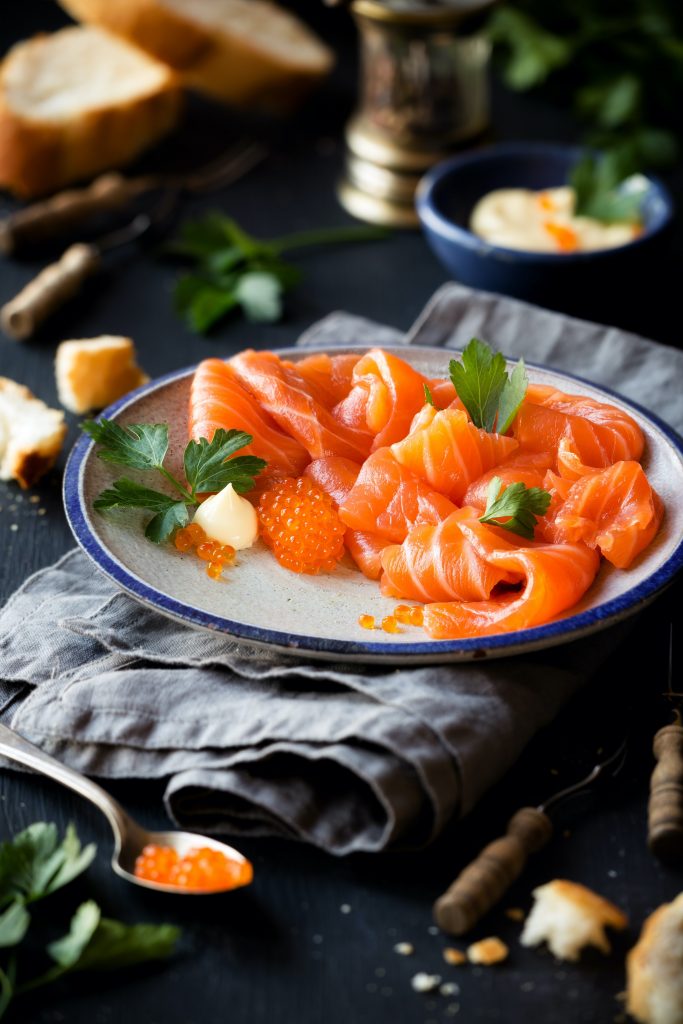
Ingredients
1 dozen eggs
4 tablespoons organic Greek yogurt
Maldon sea salt to taste
1 ounce Caviar
3 ounces Smoked salmon
Chive
Tarragon
Pepper to taste
Directions
In a large sauce pan or pot, place the eggs gently. Take care not to break them. Cover them with cold water and salt, and bring to a boil. Reduce heat to medium and continue to boil the eggs, about 8-9 minutes more. Remove the eggs from heat and set them aside to cool.
When the eggs are cool enough to touch, gently remove the shells. Cut the eggs in half length-wise, and remove the yolk. Place the yolks in your stand mixer bowl. Add the greek yogurt and salt to taste. Mix until nice and fluffy.
On your presentation dish, set the eggs in a circular pattern. Fill the eggs with the yolk mixture. You can also use a pastry bag and nozzle to pipe in the egg mixture which will level up the presentation. In an alternating pattern, top the eggs with caviar or the smoked salmon. Garnish the caviar with a few chives, and the smoked salmon with a spring of tarragon. Serve immediately.
Challah and Cheese Egg Strata
I love this Easter recipe, because you make it the night before. The day you plan to serve the strata, you just pop it in the oven. It goes then straight from the oven to the plate, and it’s always a crowd pleaser. Essentially this is eggs, cheese and bread, but baked until the top is golden brown.
The type of cheese and milk you choose is your own adventure. For a more gourmet spin, goat cheese makes it elegant. Raclette, gruyere and emmanthal create a richer strata, and cheddar a more mainstream version. It all depends on how gourmet your kids, friends, or family like their cuisine. You can even make this a sweet dish (or offer a sweet and savory version). To make it sweet, add sugar, fruit and jams in lieu of the savory ingredients. Either way, for those who are looking for an egg recipe that is no fuss but looks like you spent all morning in the kitchen, this one is it.
Serves 6
Ingredients
1 dozen eggs, beaten
3 cups milk of choice – oat, almond or regular
2 cups cheese of choice – goat, raclette, emmanthaler, gruyere, cheddar or a combination thereof
1 loaf of brioche or Challah toasted and cubes
1 tablespoon mustard
2 1/2 teaspoons nutmeg
Optional herbs – thyme, tarragon, chives
Maldon sea salt to taste
Pepper to taste
2 tablespoons butter to prep your baking dish
Directions
Well, this recipe is going to be easy. In a large bowl, mix all of the ingredients together. Spread the butter across a large baking dish, and pour the strata mixture in. Cover with foil and refrigerate overnight.
The morning of your feast, preheat your oven to 375 degrees Fahrenheit. Directly from the refrigerator, place the strata in the oven and bake covered for about one hour. In the last 10 minutes, remove the foil and allow the top to brown. If needed, broil on the lower rack for about 3 minutes.
The strata can be served hot (my preference) or at room temperature as part of your larger brunch feast.

